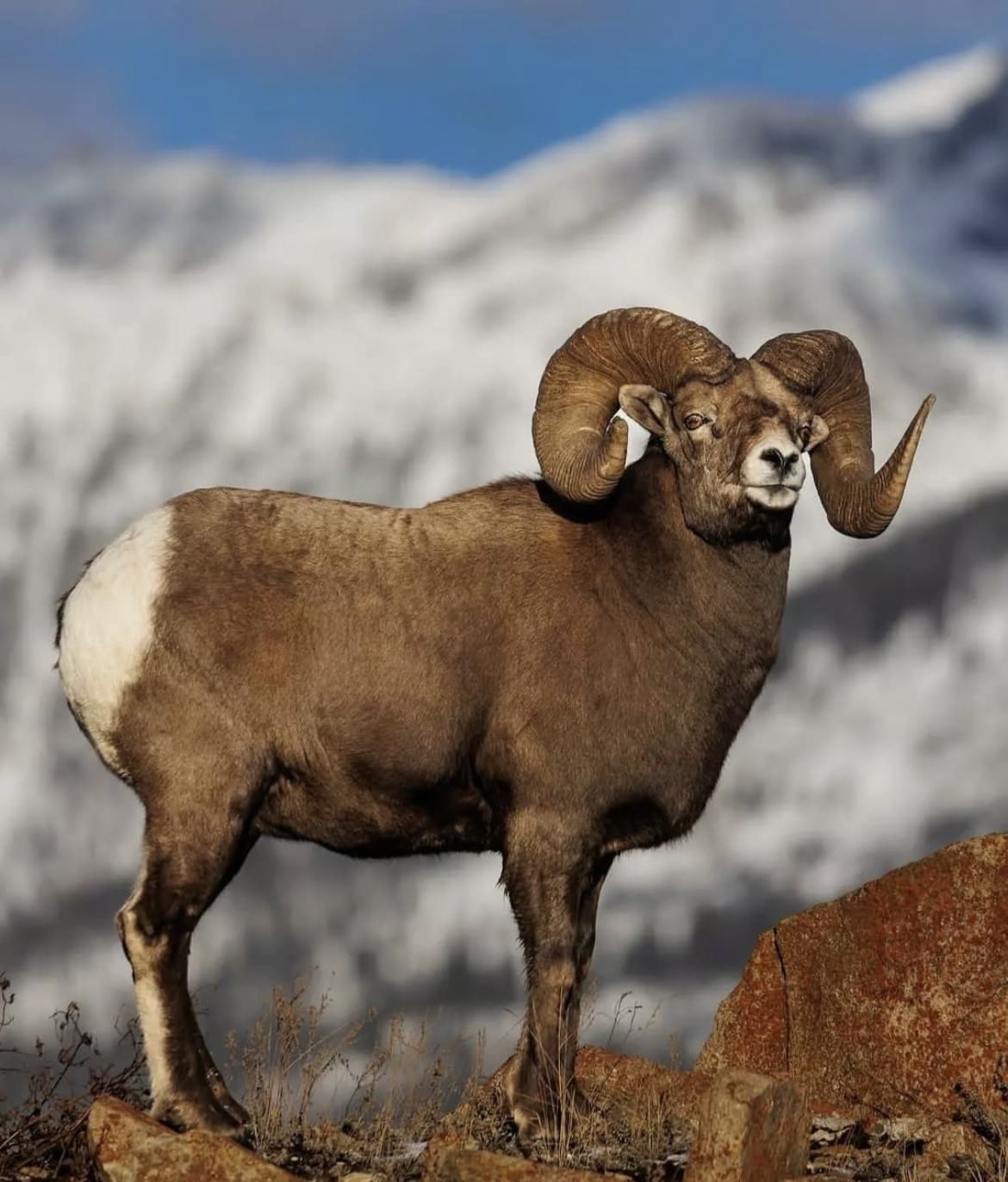Sierra Nevada Bighorn Sheep Face New Climate Challenges Amid Conservation Efforts
The Sierra Nevada bighorn sheep, an iconic species of California’s rugged highlands, are facing a new challenge that threatens their survival.
Listed as endangered, this population of bighorn sheep has struggled to rebound from historic declines, and the latest threats underscore the fragile nature of their existence.
Once described by naturalist John Muir in 1894 as “the most picturesque of all the alpine animals,” the Sierra Nevada bighorn sheep have long been admired for their adaptability and grace.
Historically, they have weathered threats such as overhunting and disease introduced by domestic livestock, with concerted conservation efforts leading to a modest recovery by 2015. Yet, their endangered status persists as new challenges emerge.

A Harsh Winter
The winter of 2022–2023 brought unprecedented snowfall to the Sierra Nevada, creating a perilous environment for the bighorn sheep. Avalanches, now a major threat, devastated several habitats. The California Department of Fish and Wildlife reported that the population suffered significant losses, compounding pressures from natural predators like mountain lions.
“Avalanches aren’t something we typically associate with bighorn sheep mortality,” explained biologist Ned Bair, whose research highlights the growing influence of climate change on this phenomenon.
The Role of Climate Change
The Sierra Nevada has experienced an overall decrease in snow cover over the past century, a trend often linked to global warming. Ironically, at higher elevations, climate change has led to an increase in extreme snowfall events, creating a paradoxical rise in avalanche risks.
Bair’s research, which includes snow cover simulations, projects further destabilization of winter precipitation patterns, threatening the delicate balance of the ecosystem.
“Wet winters with heavy snowfall bring avalanches, while dry winters leave insufficient forage for survival,” Bair noted, underscoring the dual challenges faced by the bighorn sheep.

A Genetic Treasure
The Sierra Nevada bighorn sheep are not just an iconic species but also a genetically distinct subgroup, adapted to the unique demands of their alpine habitat. Their preference for rugged, high-altitude terrain is both a strength and a vulnerability.
Avalanches pose a direct threat, while dry winters result in scarce food supplies, leaving the population increasingly at risk.
Conservation in Action
In response, the California Department of Fish and Wildlife’s Bighorn Sheep Recovery Program has taken steps to address these evolving challenges. Strategies include habitat management to mitigate avalanche risks and measures to balance predator-prey dynamics. However, recovering populations of predators like mountain lions have further complicated the picture.
“Conservation is a delicate balancing act,” a spokesperson for the department said. “We must adapt to changing conditions while ensuring the survival of this iconic species.”
Read Next:
A Fragile Future
Looking ahead, experts warn that long-term sustainability of the Sierra Nevada bighorn sheep depends on continued conservation efforts and deeper research into the impacts of climate change. Addressing the complex interplay of weather patterns, habitat shifts, and predator dynamics will require innovative solutions and sustained funding.
The challenges are daunting, but the fight to preserve this alpine symbol is far from over. As Bair put it, “The Sierra Nevada bighorn sheep are a testament to resilience. It’s up to us to ensure that resilience doesn’t go unrewarded.”
